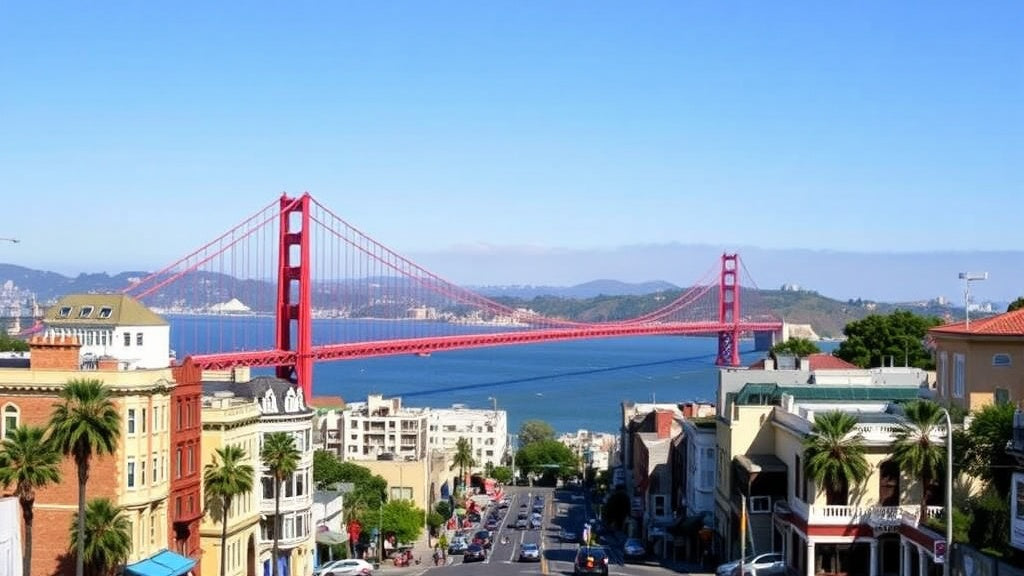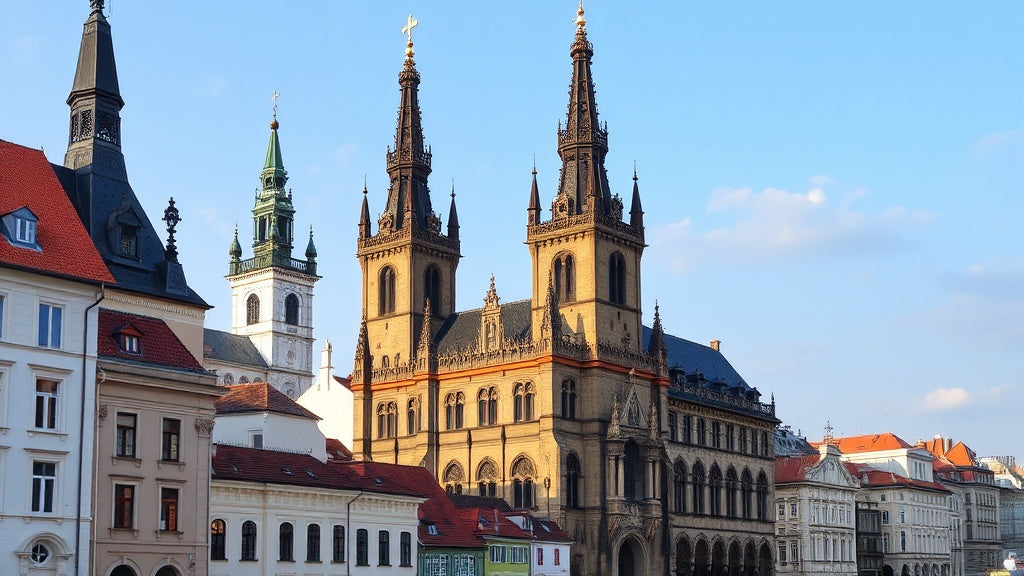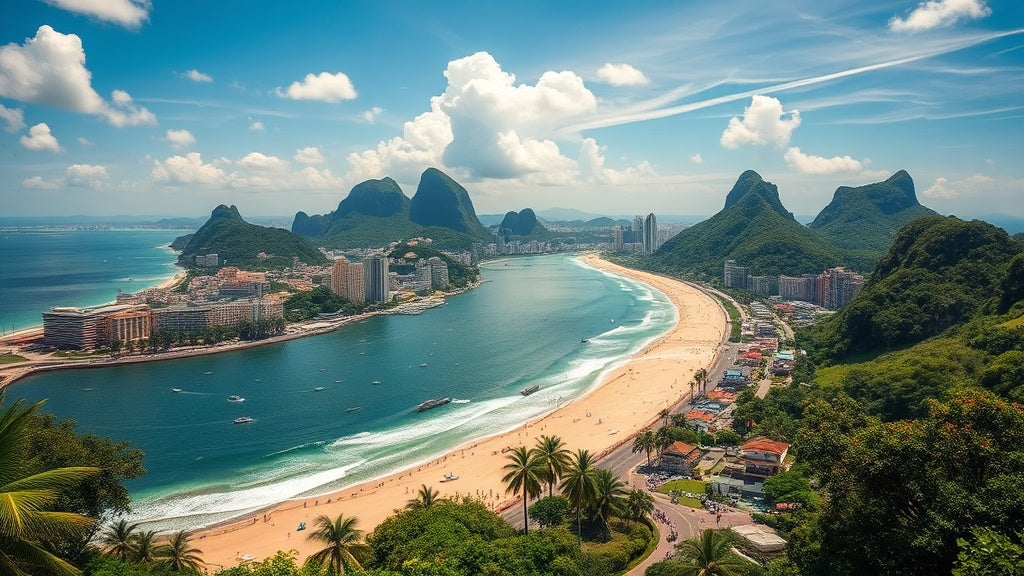
Unyielding Courage: Poland's Inspiring Resistance During WWII's Darkest Days
, by Unboxify, 9 min reading time

, by Unboxify, 9 min reading time
There was a time when all we had was our faith - faith that our nation would one day be freed from our enemy. In 1939, our young republic was crushed beneath the threads of the German war machine. Our government fled into exile in England, but the Polish people remained. We remained, and we hoped.
On September 1st, 1939, the recently mobilized armies of Germany invaded the Republic of Poland. The defenders were rapidly pushed back by the speed and ferocity of the Germans' combined arms assault but continued to fight bravely until the Soviet Union also attacked from the east, sealing Poland's fate. By October 6th, the invasion concluded with only a tiny fraction of the Polish army managing to escape through Romania alongside most of the country's top government officials.
The Soviets and Nazis carved up the lands of Poland between them based on a secret clause in the Molotov-Ribbentrop Pact. The Soviet Union seized the eastern half, incorporating it into the Belarusian and Ukrainian SSRs. The Nazis directly annexed half of the remaining territory into Germany, granting a small slice to Slovakia, their client state. The rest was placed under the General Government administration, staffed exclusively by German officials, thus beginning a period of brutal occupation.
Almost immediately, the General Government began to terrorize the Polish people. The establishment of five SS units known as the Einsatzgruppen was aimed at hunting down and executing potential threats to the occupation government. These units were armed with a list of 61,000 names including doctors, intellectuals, political activists, and World War I veterans. The Einsatzgruppen rounded up and murdered over 16,000 people within the first few months after the invasion, and by mid-1940, over 100,000 Polish intellectuals had been massacred.
When displacement and relocation activities settled, the General Government began instituting policies designed to eradicate Polish culture. Schools, museums, theaters, libraries, and newspapers were shut down. Radio receivers were confiscated, books were burned, and all Polish music was banned.
Following the attack on Polish culture, the occupiers targeted the Jewish population. In April 1940, the Jewish citizens of Warsaw were forced to begin constructing a walled ghetto within the ruined city. Here, they lived in cramped and unsanitary conditions, leading to outbreaks of typhus and other diseases. Over 300 ghettos were built during the occupation, and millions of Jews, Romani, Slavs, and disabled people were forcibly relocated to these dismal slums before being sent to concentration camps.
Conditions for Poles outside of these ghettos were not much better. Food was strictly rationed, leading to mass starvation in urban areas. Many had to wander for days in search of food, and the portions they managed to find were barely enough to survive.
There was also the threat of being pressed into the General Government's forced labor service, known as the Baudienst. Initially, all Poles over the age of 18 were eligible, but the minimum age was soon lowered to 14 and for Jews, it was 12. Many of those conscripted were sent to work in factories, farms, and construction sites within Poland. Some of the less fortunate were deported to work in Germany or other occupied territories, never to return home.
In the face of such brutality, resistance was inevitable. Underground guerrilla armies formed almost as soon as the invasion ceased, and thousands of Poles flocked to their banners. These forces coalesced into a unified organization known as the Polish Underground State, which attempted to maintain continuity of the Polish nation beneath the shadow of the General Government.
Through their military branch, known as the Home Army, the underground state carried out guerrilla attacks on occupying forces, disrupted German supply lines, and assassinated Nazi officers. Meanwhile, the underground civilian arm coordinated clandestine education for children, distributed aid wherever possible, and disseminated anti-German publications. By 1943, the underground state had grown to over 300,000 members and was powerful enough to operate its own secret criminal courts.
In these underground courts, thousands of Poles suspected of supporting or collaborating with Nazi occupiers were arrested and brought to trial. These included Poles who served as police officers, acted in German films, wrote for German-produced newspapers, or worked for the General Government administration.
The General Government fought hard to suppress the underground state, responding to every major action with brutal reprisals against the Polish people. In cities like Warsaw, the Nazis would often respond to Home Army attacks by rounding up and executing up to 100 random civilians, leaving their bodies hanging in the streets as a grisly warning.
In the spring of 1943, when the Germans entered the Warsaw ghetto to organize more deportations to the death camps, a few hundred members of the Jewish resistance fought back. Armed with grenades and small arms provided by the Home Army, they killed dozens of Nazi soldiers and forced them to withdraw initially.
The Home Army was outraged by the annihilation of the ghetto and began preparing for revenge. As the Soviets drove back the German army in the east, the Polish underground planned a massive uprising across the entire country, codenamed Tempest.
The operation began in early January 1944 when the Red Army crossed the pre-war Polish border. Over 6,500 soldiers rose up across Poland and began fighting against the German army alongside Soviet troops. Their efforts to disrupt German defenses were largely successful, but as soon as the fighting stopped, the Soviets forcibly disarmed and arrested all Home Army soldiers they had fought beside, treating them as enemy prisoners of war.
Somewhere between 20,000 and 50,000 people fought in the uprising, the majority civilians who had been pushed past the breaking point by years of brutal Nazi rule. Initially, they experienced great success, seizing control of central Warsaw and causing the German garrison to retreat. The leaders of the uprising expected the rapidly advancing Red Army to take advantage of the chaos and occupy the city, but Soviet forces stopped six miles from the city center, allowing German reinforcements to arrive and begin suppressing the uprising.
The Home Army was forced to surrender in October, and the Germans systematically leveled what remained of Warsaw, destroying the homes of over 700,000 people who were expelled from the city. Only a few hundred Poles remained, hiding among the rebel of their capital.
The uprisings of the Home Army and the collapse of the Eastern Front sealed the fate of the Jews remaining in the Polish ghettos. Throughout 1944, the inhabitants of the ghettos were rapidly shipped off to death camps like Auschwitz and Treblinka. When the camps reached capacity, the SS resorted to simply shooting Jewish families in their homes.
The survivors were left with a largely ruined nation now under the control of the Soviets who wasted no time establishing a puppet communist government. Many Poles felt betrayed by their allies in the West, who had not only failed to help them withstand the invasion in 1939 but had left them at the mercy of the Germans and Soviets even as the tides of war turned. These feelings of betrayal and the scars of occupation remain visible in Poland even today.
The resilience of the Polish spirit during World War II remains a poignant testament to human endurance and unwavering hope amidst unimaginable adversity. Their story of relentless resistance, even in the face of overwhelming odds, continues to inspire and remind us of the power of unity and faith in the darkest of times.







